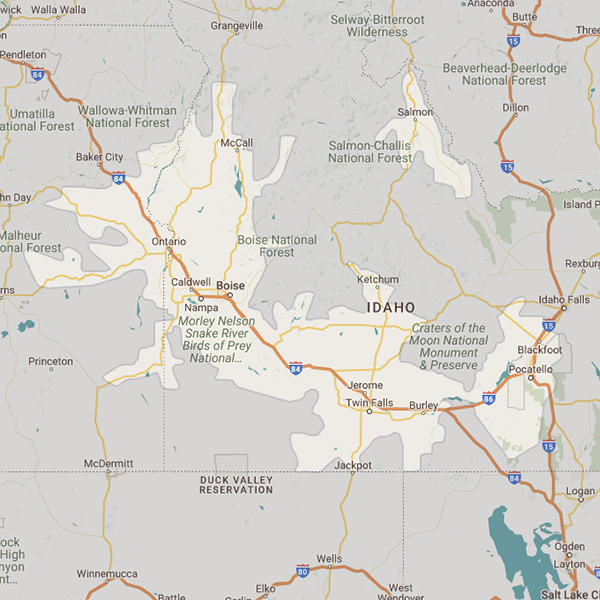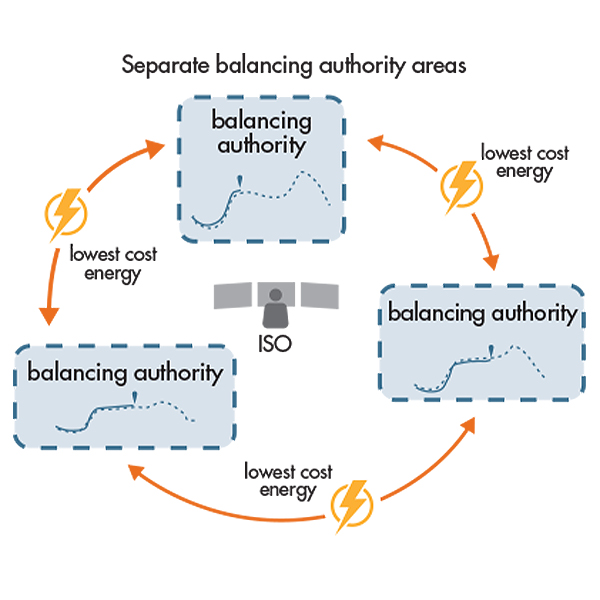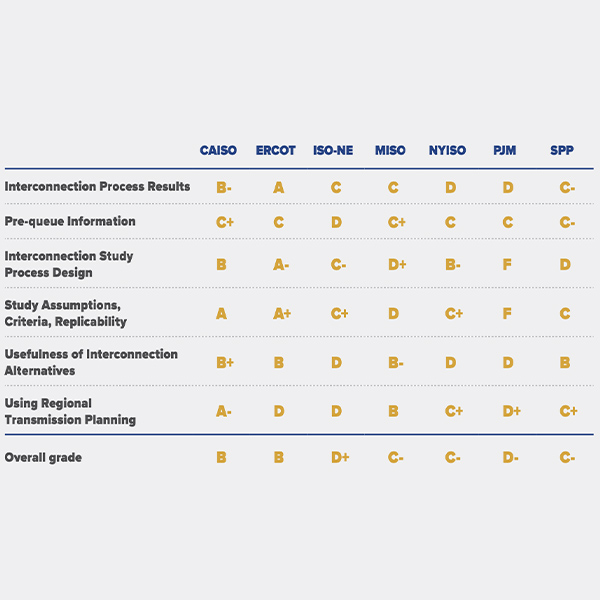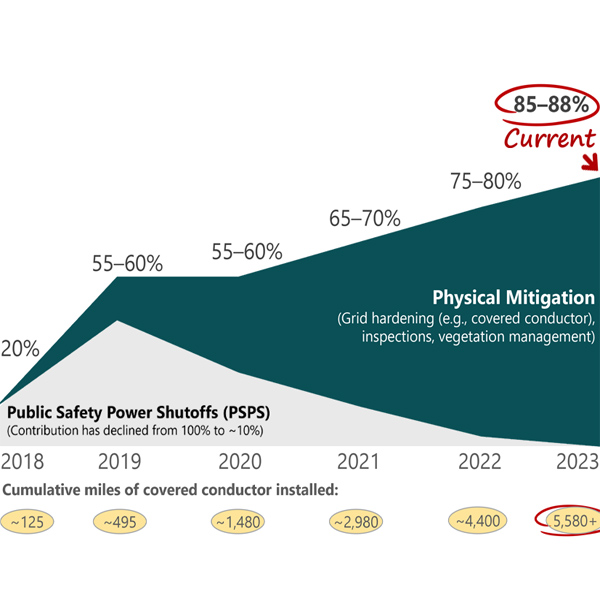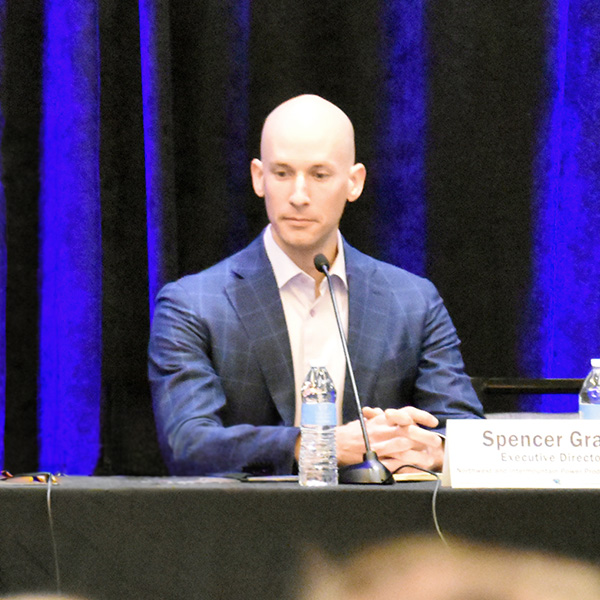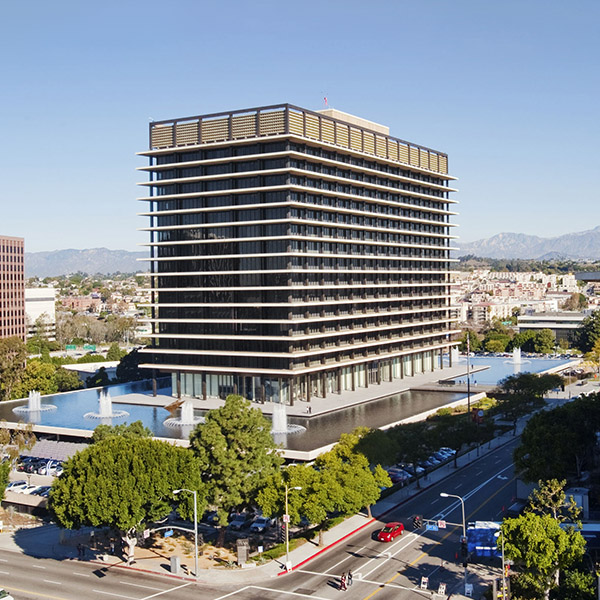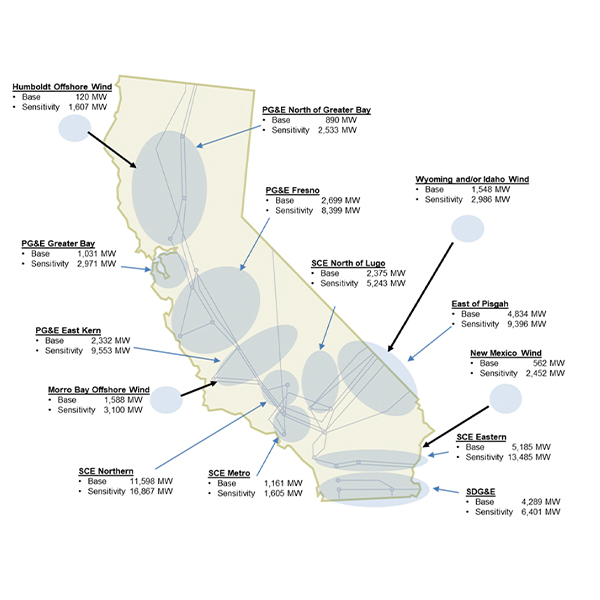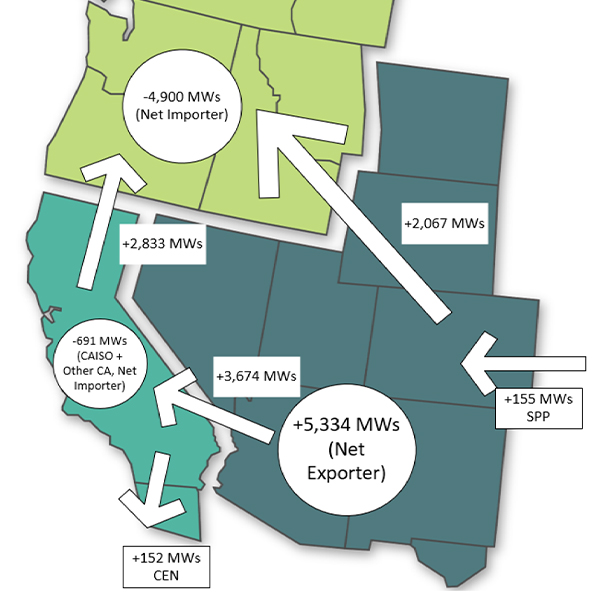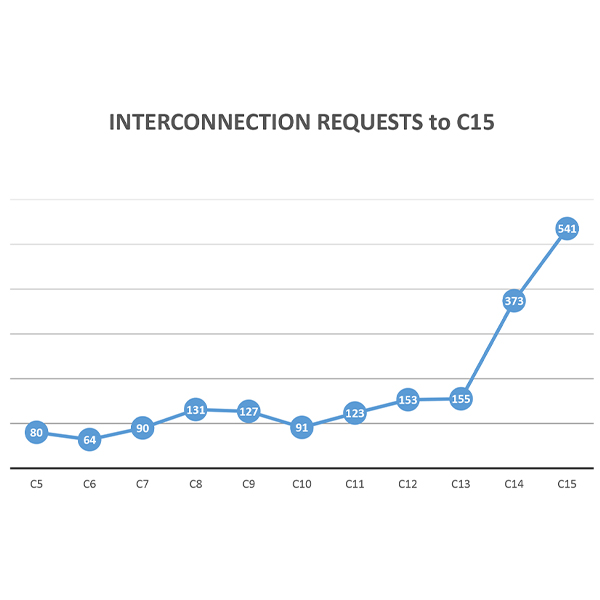CAISO/WEIM
CAISO Board of GovernorsCalifornia Agencies & LegislatureCalifornia Air Resources Board (CARB)California Energy Commission (CEC)California LegislatureCalifornia Public Utilities Commission (CPUC)EDAMOther CAISO CommitteesWestern Energy Imbalance Market (WEIM)WEIM Governing Body
The California Independent System Operator serves about 80% of California's electricity demand, including the service areas of the state's three investor-owned utilities. It also operates the Western Energy Imbalance Market, an interstate real-time market covering territory that accounts for 80% of the load in the Western Interconnection.
FERC threatened to revoke Idaho Power’s market-based rate authority in its home territory, citing the utility’s failure of a key market power test.
CAISO staff and stakeholders are looking to address an inconsistency in how the ISO tests for structural market competitiveness inside and outside of its balancing authority area in the Western Energy Imbalance Market.
Advanced Energy United has released a scorecard that ranks the seven domestic ISO/RTOs on their generator interconnection processes, finding room for improvement in every one.
Independent measures show Southern California Edison has sharply reduced its financial risk from catastrophic wildfires compared with pre-2018 levels, Edison International CEO Pedro Pizarro said.
In an interview, CAISO CEO Elliot Mainzer touted the importance of interregional coordination — and a single Western market — to meet state policy and reliability goals.
The West-Wide Governance Pathways Initiative is advancing on its $570,000 funding target. And its members also are wading deeper into one of the key subjects it was conceived to address: CAISO's governance.
CAISO notched another victory in the competition to bring organized markets to the West when the Los Angeles Department of Water and Power’s oversight board authorized the utility to prepare to join EDAM.
CAISO released its final draft proposal out of its Interconnection Process Enhancements, its initiative to address the “unprecedented and unsustainable interconnection request volumes” submitted in the current and prior study windows.
Imports from the Southwest and Rockies helped the Northwest survive January’s cold, showing the region’s reliability is at a “tipping point,” WPP said.
CAISO wants to stop taking new interconnection applications this year as it works through the “unprecedented volume” of requests submitted for the previous study period.
Want more? Advanced Search
